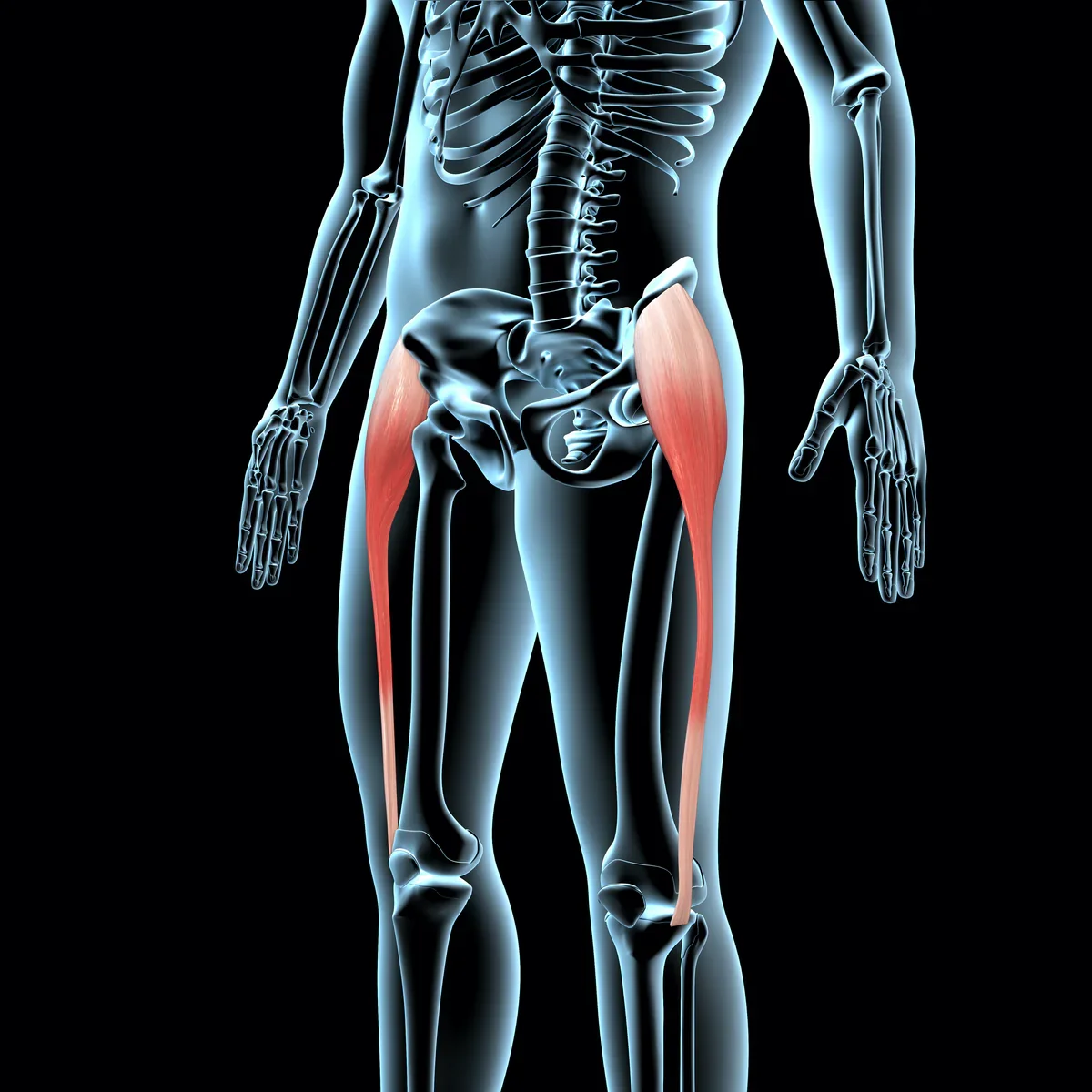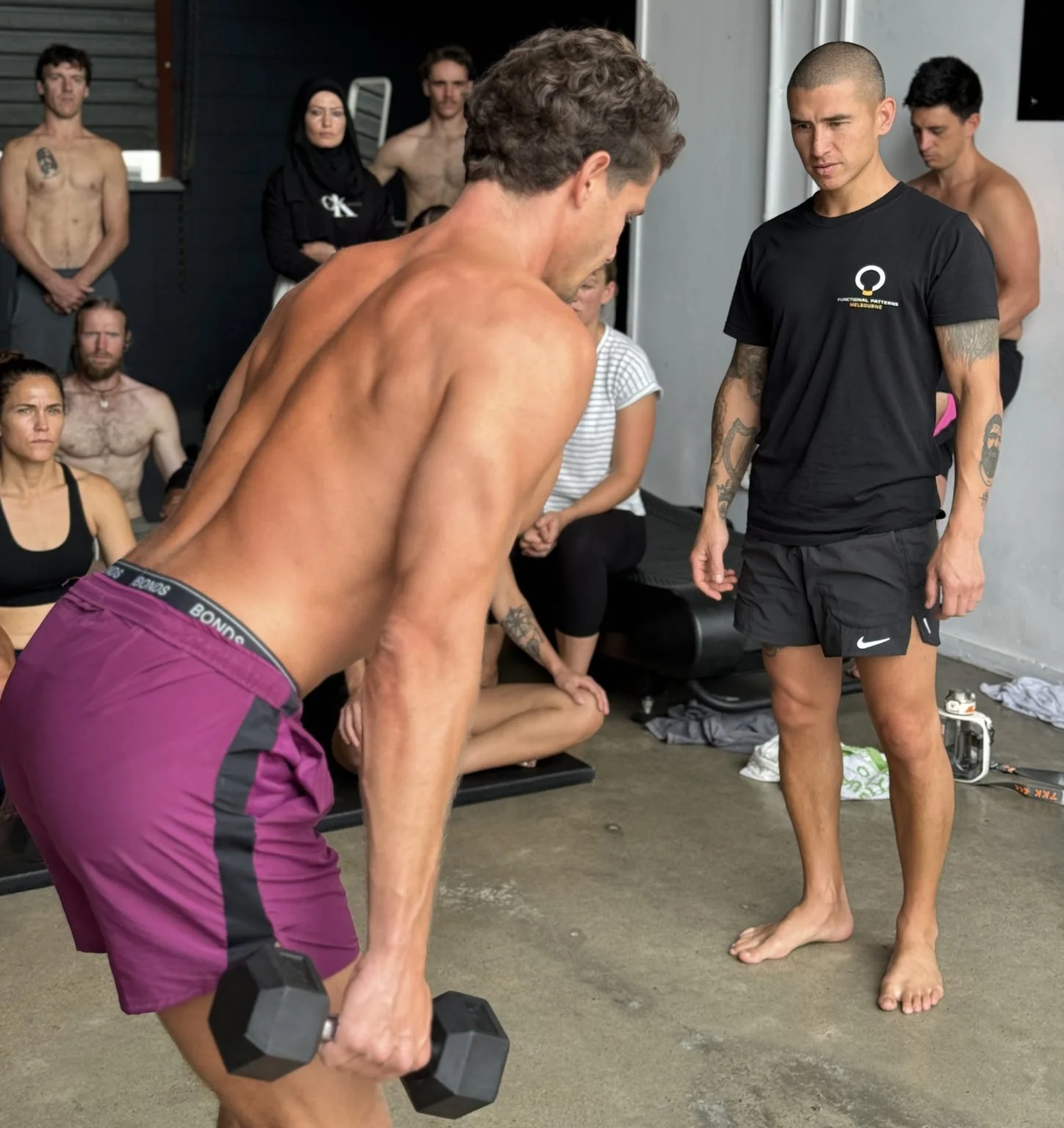Understanding the Role of the TFL Muscle: Anatomy, Pain, and Holistic Recovery
The TFL muscle, also known as the tensor fasciae latae, may be small, but its impact on movement and posture is significant. Often overlooked, this muscle is essential for hip stability, knee alignment, and overall mobility. When healthy, the t f l muscle supports smooth and efficient motion; when tight or overworked, it can contribute to TFL pain, postural imbalances, and movement inefficiencies.
In this article, we’ll explore the anatomy and function of the m tensor fasciae latae, common issues related to tfl muscle tightness, and holistic recovery approaches that address the root causes of dysfunction.
What is the Tensor Fasciae Latae Muscle?
The tensor fasciae latae muscle sits on the outer hip, connecting the iliac crest of the pelvis to the iliotibial band (IT band). Its strategic location makes it a stabiliser for both the hip and knee.
Key functions of the latae muscle include:
Hip flexion
Hip abduction (moving the leg away from the body)
Medial rotation of the thigh
Stabilising the pelvis during walking, running, or single-leg stance
Because the fascia lata muscle links the hip to the lower leg, any dysfunction in the TFL can affect the entire lower kinetic chain. Poor TFL function often coincides with weak glutes or tight hip flexors, forcing this small muscle to compensate excessively.
Why the TFL Muscle Becomes Tight
A tight tensor fascia muscle is a common complaint, especially among people who sit for long periods, perform repetitive movements, or have postural imbalances. Some common causes include:
Prolonged sitting, which shortens the TFL
Overuse from running, cycling, or sports
Compensation for weak gluteal muscles or poor hip mechanics
Misalignment in the pelvis or knees
Symptoms of TFL muscle pain can range from mild tightness to sharp discomfort on the outer hip, radiating down the thigh. Chronic tension in the m tensor fasciae latae may also contribute to knee problems, altered gait, or pelvic tilt.
The Hidden Connection: TFL and Biomechanics
The TFL muscle is rarely the primary problem—it’s often a symptom of broader biomechanical issues. Functional Patterns emphasises that TFL tightness reflects how the body compensates for imbalances elsewhere. For example:
If the glute medius is weak, the TFL works overtime to stabilise the hip
Tight hip flexors can shift pelvic alignment, overloading the tensor fasciae latae
Imbalances in the kinetic chain affect how force is transmitted through the IT band and knees
Recognising these connections is critical. Stretching a tight fascia latae stretch area may provide temporary relief, but addressing the underlying mechanics is essential for long-term recovery.
Recovery and Holistic Treatment for TFL Tightness
Recovery from TFL muscle tightness requires a deep understanding of human biomechanics. The Functional Patterns methodology approaches TFL recovery by identifying root causes rather than simply targeting the TFL muscle itself.
Understanding the Approach
TFL tightness is a manifestation of broader kinetic chain imbalances
Holistic treatment focuses on correcting movement patterns, not just loosening the tensor fasciae latae muscle
Sustainable recovery depends on retraining the body to move efficiently
By addressing the root cause of tension, Functional Patterns promotes long-term biomechanical health. Instead of relying solely on stretches or isolated exercises, we focus on the integration of not only the TFL but also the entire structure into your gait cycle, ensuring that the TFL muscle is no longer overburdened.
Why Holistic Treatment Works
Redistributes movement more evenly across muscles and joints
Reduces undue strain on the tensor fascia muscle
Enhances overall posture, balance, and functional strength
Prevents future pain and injuries
The goal is to transform the way the body moves, creating a natural, balanced, and resilient musculoskeletal system. TFL tightness becomes not just an isolated issue, but a signal to optimise your entire biomechanics.
Common Symptoms of TFL Dysfunction
TFL dysfunction manifests in several ways, often beyond just hip discomfort. Signs include:
Sore tensor fasciae latae after prolonged sitting or activity
Pain in the outer hip or along the IT band (fasciae latae pain)
Restricted hip movement or tight tfl muscle stretch limitations
Knee misalignment or discomfort during walking or running
Compensatory posture changes, such as anterior pelvic tilt
Understanding these symptoms allows individuals to take proactive steps before chronic issues develop.
Why TFL Stretching Alone Isn’t Enough
While stretches like the tensor fasciae latae stretch and the TFL muscle stretch can relieve immediate tightness, they don’t correct the underlying imbalance. Temporary flexibility gains won’t prevent recurrence unless movement patterns and muscle activation strategies are addressed.
Effective recovery must consider:
Strengthening weak muscles (like glutes) to reduce TFL overload
Re-educating movement patterns to balance the kinetic chain
Correcting postural habits that contribute to tensor fasciae latae tightness
Functional Patterns Method: A Comprehensive Solution
The Functional Patterns approach integrates assessment, corrective exercise, and movement retraining to resolve painful tensor fasciae latae issues. Key principles include:
Root Cause Identification – Analyse why the TFL is compensating
Kinetic Chain Correction – Align hips, knees, and spine for optimal load distribution
Holistic Recovery – Treat the body as an interconnected system rather than isolating the TFL
Recovery timelines vary depending on the complexity of underlying issues and adherence to corrective practices. Patients often report reduced m tensor fasciae latae pain, improved movement efficiency, and long-term resilience after embracing this method.
Tips for Maintaining TFL Health
Even after recovery, maintaining a healthy tfl muscle is crucial for ongoing mobility and injury prevention:
Incorporate movement breaks from sitting every 30–60 minutes
Prioritise hip, glute, and core activation in daily routines
Practise functional movement patterns that distribute stress evenly
Monitor posture during work and exercise to prevent tensor fasciae pain
Restoring TFL Function for Long-Term Mobility and Pain-Free Movement
The musculus tensor fasciae latae may be small, but its influence is enormous. Chronic TFL tightness is rarely an isolated issue; it signals broader biomechanical imbalances.
By embracing a holistic approach, such as the Functional Patterns methodology, individuals can:
Alleviate tfl muscle pain
Restore natural, efficient movement
Prevent future strain and injury
Achieve long-term musculoskeletal health
The TFL is not just a muscle to stretch—it’s a pivotal element in your body’s movement system. Addressing it through an integrated, biomechanical approach ensures pain-free, functional movement for life.




